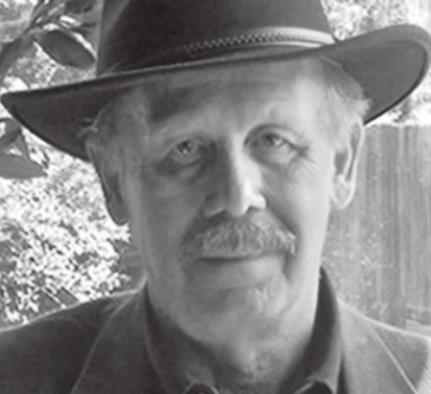On Aug. 19, 1895, John Wesley Hardin stuck to his usual routine of prowling the El Paso barrooms. But death stalked the middle-aged gunfighter, and the hot summer evening would be his last night on the town.
A pistol-packing terror in 1870’s Texas, Wes Hardin was a callous killer before he could shave. With seven notches on his gun by age 16, he added another nine on a cattle drive to Kansas. When the relentless Rangers finally caught up with him in Florida in 1877, the preacher’s son had over 40 killings to his credit.
Convicted in the slaying of a deputy sheriff, a hanging offense for sure, Hardin’s popularity saved him from the gallows. Since many of his victims were state policemen, Yankee soldiers and emancipated slaves, he was held in high esteem by most Texans of those turbulent times.
While serving a 25- year sentence in the state penitentiary at Huntsville, Wes put on a convincing show of mending his homicidal ways. He studied law and supervised the convict Sunday school. After 15 years behind bars, Hardin walked out the prison gates a free man on Valentine’s Day 1894.
Given every break in the book, the notorious gunman had a better chance than most at a new life. Gov. Jim Hogg generously granted a full pardon, and the state bar accepted the infamous felon as a practicing attorney.
But old habits die hard, and good intentions lose out to stubborn vices. Lawyer Hardin devoted far more time to the bottle than his clients.
In El Paso another graying outlaw was trying to live down his own reckless past. After years of hiding out in Mexico, John Selman had become of all things a lawman.
Although his press clippings could not compare to the volumes written about Wes’ exploits, Selman was a dangerous desperado who kept the boot hills of West Texas and New Mexico well-stocked. Conservative estimates put his private death toll at 20 and that did not include a score or more he helped to string up as a vigilante.
But gunfighting was a young man’s game, and anyone over 30 was living on heavily mortgaged time. At 42 and 56 respectively, Hardin and Selman were ancient warriors who should have known when to call it quits.
Wes rolled into El Paso in the winter of 1895 on a mission of mercy for an accused kinsman and hung around to see the sights. The first he spotted and took an instant liking to was Helen Beulah, wife of a second-string bandit named Martin Morose.
Helen retained Hardin’s services in order to win her husband’s liberty from the Juarez jail, where he was detained by the Mexican authorities. Although the infatuated attorney was in no hurry, arrangements were made at last for the release of Morose.
On a dark June night, he strolled across the international bridge and right into an ambush. By morning rumor had it that Wes, aided by several cronies including Selman, had gunned down Morose and stolen his bankroll.
While Hardin made himself scarce, Helen went on a wild tear that landed her in the local drunk tank. Learning the arresting officer was none other than John Selman Jr., Wes vowed vengeance against both father and son.
The senior Selman was already fit to be tied over being cheated out of his share of the Morose take, and the ominous threat pushed him over the edge. As darkness enveloped El Paso on Aug. 19, 1895, Selman went hunting.
Engrossed in a two-bit dice game, Wes Hardin stood at the bar in the Acme Saloon with his back to the door. In his clear-headed prime, the cautious killer would not have made such a rookie mistake. But Wes was drinking like there was no tomorrow, and for him there would not be.
The first slug from Selman’s six-shooter struck Hardin in the head, and he crumpled to the floor. The second missed the mark, but the third and fourth, fired at point-blank range, tore into his arm and chest. John Jr. burst into the bar, seized his father by the arm and shouted, “Don’t shoot him anymore! He’s dead!”
The defense did not dispute the facts at the February 1896 murder trial arguing instead that the cold-blooded killing of a notorious outlaw did not constitute a crime. Although ten jurors were swayed by that twisted logic, two were not, and the judge declared a mistrial.
The taxpayers were spared the expense of a second trial. An inebriated John Selman invited an old pal into an alley for a secret chat on Easter Sunday. Seconds later he was heard to scream, “Don’t try to kill me like that!” The appeal went unheeded as four shots rang out.
John Selman was laid to rest in the same cemetery that held the last remains of John Wesley Hardin. El Paso may not have been big enough for both of them, but the graveyard had room to spare.


